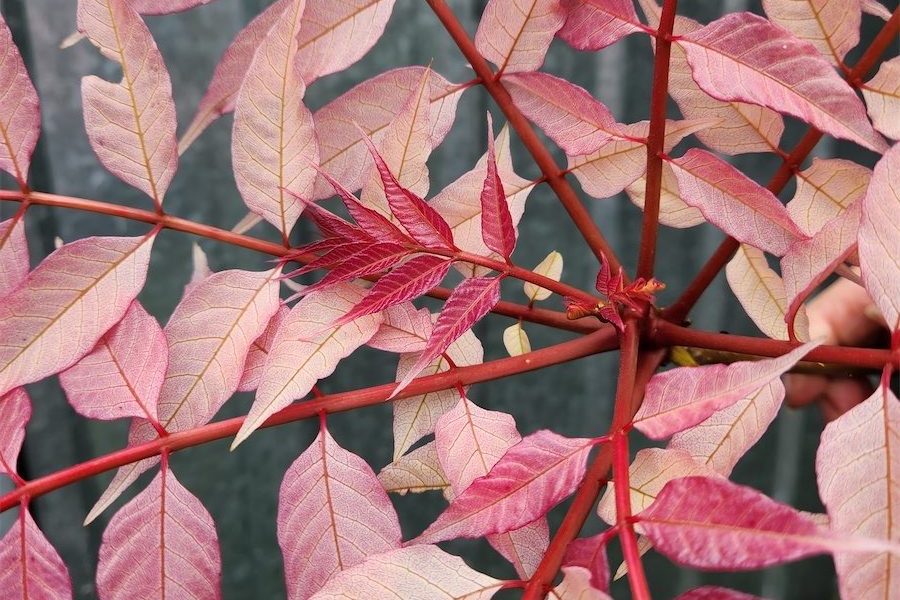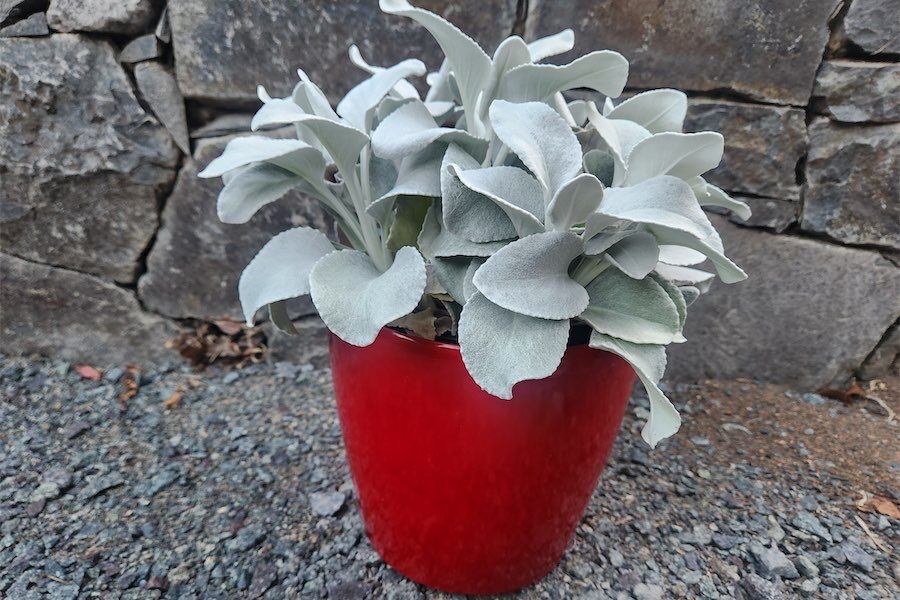
Gardening writer JACKIE WARBURTON looks at a tricky plant to grow and a tree with fabulous leaf colours.
SLOW-growing clivias are in flower now. They’re tricky to grow in our cold winters and don’t like frost. Growing in a sheltered shady spot in the garden or in a pot away from frosts will get them through to flower.

They are of the Amaryllidaceae family from South Africa and many of these bulbs are popular in our climate, such as naked ladies, snowdrops and spider lilies.
They are a shallow-rooted, evergreen, strappy leaf plant with dark-green foliage. The trumpet-shaped flowers are stunningly beautiful orange, red, peach or cream and have decorative red berries after flowering.
Like all plants of this family, they contain lycorine, which is a toxic crystalline alkaloid found in numerous Amaryllidaceae plant species such as lilies, crinums and, surprisingly, daffodils. Highly poisonous to pets and humans, all parts of the plant are poisonous and not to be ingested in any way. Wash your hands after handling them.
To grow successfully they need good drainage and a pH of about six to get them to flower well. Fertilise with an all-purpose fertiliser, low in nitrogen, after flowering.
If a clivia is not flowering, divide by digging up the clump and pull (no knife) the bulbs apart to keep the roots intact to minimise any damage to the growing point at the top of the bulb.
Berries from a pollinated clivia can be removed and allowed to dry out for a few weeks. The little black shiny seeds can be planted in a shallow tray of potting mix or seed-raising mix. Keep it moist but not wet in dappled light and spray with liquid fertilisers when new growth appears.
There’s a terrific display of clivias in the Parliament House gardens.

THE Chinese Toon Tree (Cedrella sinensis) is an ordinary looking deciduous tree most of the year, but in spring the new growth that appears is the most flamboyant pink.
The leaves turn pink to green in the growing period then, in autumn, they turn a golden, butter yellow that’s just as spectacular.
Its thin vertical branches can grow up to eight metres and can be used as a terrific backdrop tree, where garden space will allow.
They grow best in moist soils and full sun. They’re frost tolerant and drought hardly once established.
With age they can sucker to about four metres wide and form a thicket. Plant away from paths or building structures to give them room to put on a show. The suckering can be contained by removing young shoots and trimming the height in winter if you want to grow a small tree.
Mine is about three metres tall and 10 years old. It’s been slow growing and hasn’t suckered over those years.
The leaves are edible and used as an onion-flavoured vegetable in Chinese cooking.
Jottings
- Spray for bindi in lawns when plants are small and before prickles develop.
- Fertilise all spring bulbs as they are dying back.
- Sow more summer vegetable seedlings ready for planting next month.
- Divide perennial herbs such as tarragon, oregano and mint.
Who can be trusted?
In a world of spin and confusion, there’s never been a more important time to support independent journalism in Canberra.
If you trust our work online and want to enforce the power of independent voices, I invite you to make a small contribution.
Every dollar of support is invested back into our journalism to help keep citynews.com.au strong and free.
Thank you,
Ian Meikle, editor





Leave a Reply